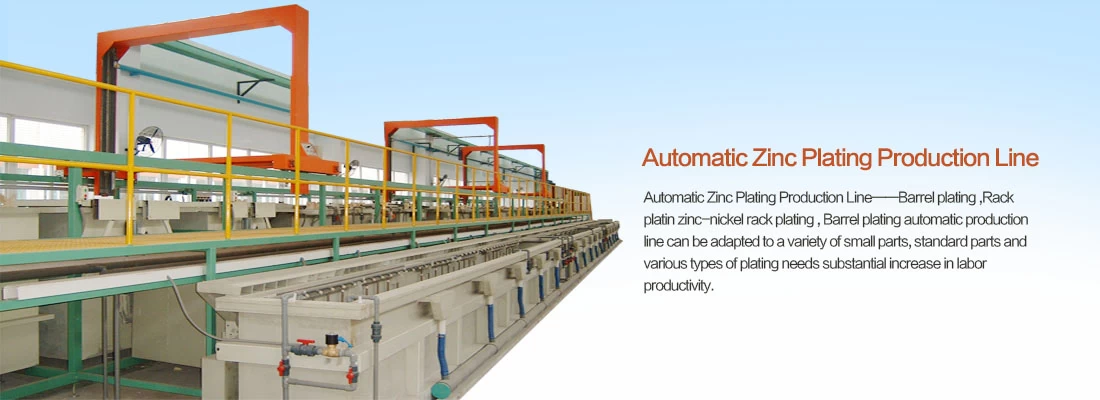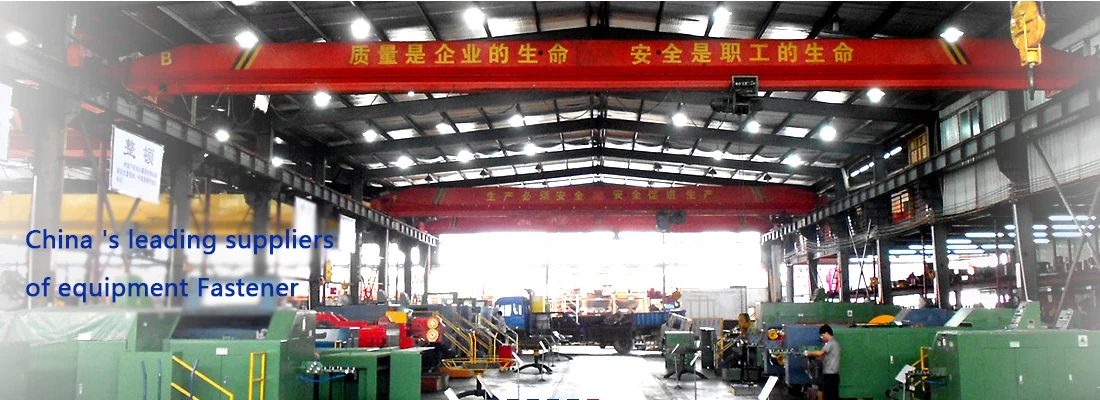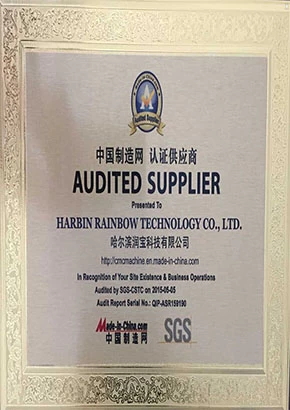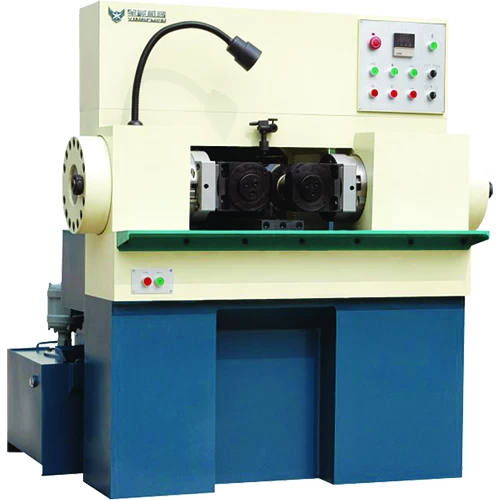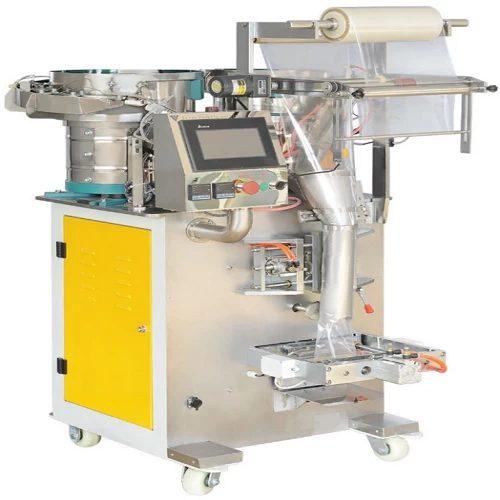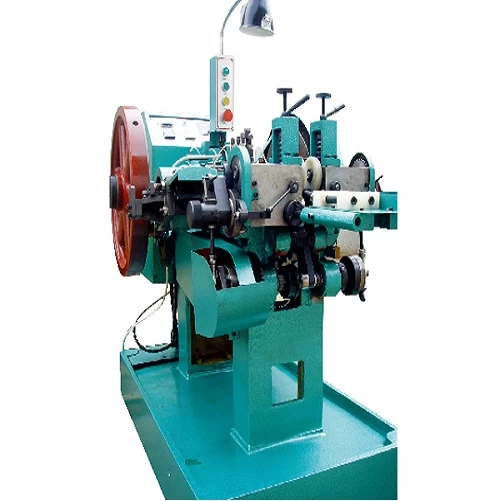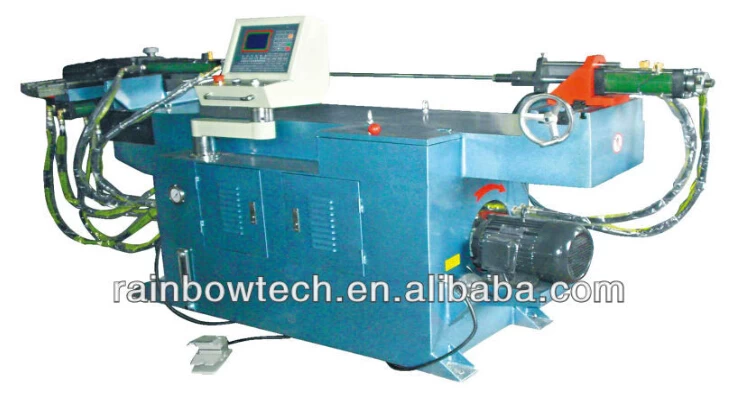THE MAKING OF BOLTS
Bolts are one of the most basic components of engineering and construction, yet their production has become an advanced, high-tech process with multiple steps. Find out how raw steel is transformed into highly specified and exact metal implements.
Bolts can come in a wide range of different sizes and shapes, but the basic production process generally remains the same. It starts with cold forging steel wire into the right shape, followed by heat treating to improve strength and surface treating to improve durability, before being packed for shipment. However, for more advanced bolt designs, the production process can expand by a number of additional steps.
As one of the leading suppliers of fasteners to the automotive industry, Swedish manufacturer Bulten is highly proficient in every step and facet of bolt production. “We do not produce catalog parts – everything we produce is custom-designed, according to the customer’s specifications,” says Henrik Oscarson, Technical Manager at Bulten’s production plant in Hallstahammar, Sweden.
“Depending on where the fastener will be used, there are a number of different options for producing exactly the right bolt.”
The production process
Cold forging
Cold forging starts with large steel wire rods, which are uncoiled and cut to length. The grade of steel is standardized across the industry, according to the requirements of ISO 898‑1. Using special tooling, the wire is then cold forged into the right shape. This is basically where the steel is molded, while at room temperature, by forcing it through a series of dies at high pressure. The tooling itself can be quite complex, containing up to 200 different parts with tolerances of hundredths of a millimeter. Once perfected, cold forging ensures bolts can be produced quickly, in large volumes, and with high uniformity.
For more complex bolt designs, which cannot be contoured through cold forging alone, some additional turning or drilling may be needed. Turning involves spinning the bolt at high speed, while steel is cut away to achieve the desired shape and design. Drilling can be used to make holes through the bolt. If required, some bolts may also have washers attached at this stage of the process.
Heat treatment
Heat treatment is a standard process for all bolts, which involves exposing the bolt to extreme temperatures in order to harden the steel. Threading is usually applied before heat treatment, either by rolling or cutting when the steel is softer. Rolling works much like cold forging, and involves running the bolt through a die to shape and mold the steel into threads. Cutting involves forming threads by cutting and removing steel.
Since heat treatment will change the properties of the steel to make it harder, it is easier and more cost-effective to apply threading beforehand. However, threading after heat treatment will mean better fatigue performance.
“The heat treatment can cause heat marks and minor damage to the bolt,” explains Henrik Oscarson. “For this reason, some customers demand threading after heat treatment, especially for applications like engine and cylinder head bolts. It’s a more expensive process since you need to form hardened steel, but the threads will maintain their shape better.”
Size and surface
For long bolts, where the length is more than ten times the bolt’s diameter, the heat treatment can have the effect of making the steel revert to the round shape of the original steel wire. Therefore, a process of straightening often needs to be applied.
The choice of surface treatment is determined by the bolt’s application and the requirements of the customer. Often, the main concern for fasteners is corrosion resistance, and therefore a zinc-plated coating applied through electrolytic treatment is a common solution. This is a process whereby the bolt is submerged in a liquid containing zinc, and an electric current is applied so that the zinc forms a coating over the bolt. However, electrolytic treatment does come with an increased risk of hydrogen embrittlement. Another option is zinc flakes, which offer even higher corrosion resistance, albeit at a higher price.
When corrosion resistance is not an issue – such as inside an engine or an application that is regularly exposed to oil – using phosphate is a more cost-effective option. Once the surface treatment has been applied, standard bolts are typically ready to be packaged. However, more advanced designs may require some additional assembly, such as brackets. Other bolts will also require some form of patching, either a locking patch or a liquid patch. A locking patch consists of a thick nylon layer over the threads, which helps improve grip. A liquid patch will help improve thread-forming torque.
Once these steps are complete, the bolt is finished. Now all that remains is some form of quality control to ensure uniformity and consistency before the bolts can be packaged and shipped.
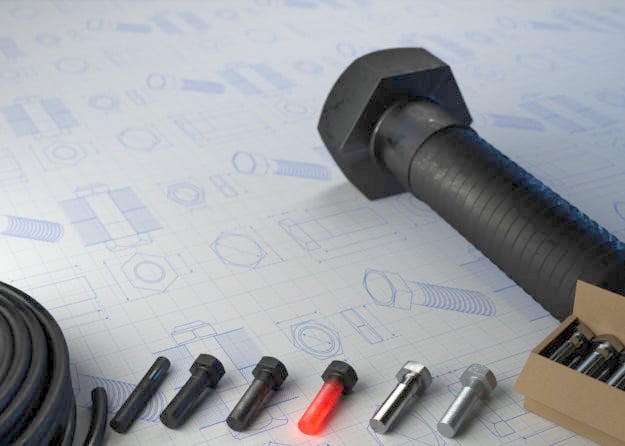
A summary of the production process:
-
Wire - Uncoiled, straightened and cut to length.
-
Cold forging - Molding the steel into the right shape at room temperature.
-
Bolt head - Progressively formed by forcing the steel into various dies at high pressure.
-
Threading - Threads are formed by rolling or cutting.
-
Heat treatment - The bolt is exposed to extreme heat to harden steel.
-
Surface treatment - It depends on the application. Zinc-plating is common to increase corrosion resistance.
-
Packing/stocking - After quality control to ensure uniformity and consistency, the bolts are packaged.



